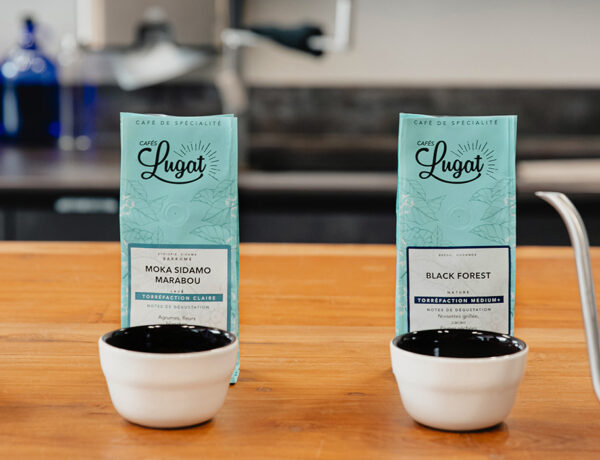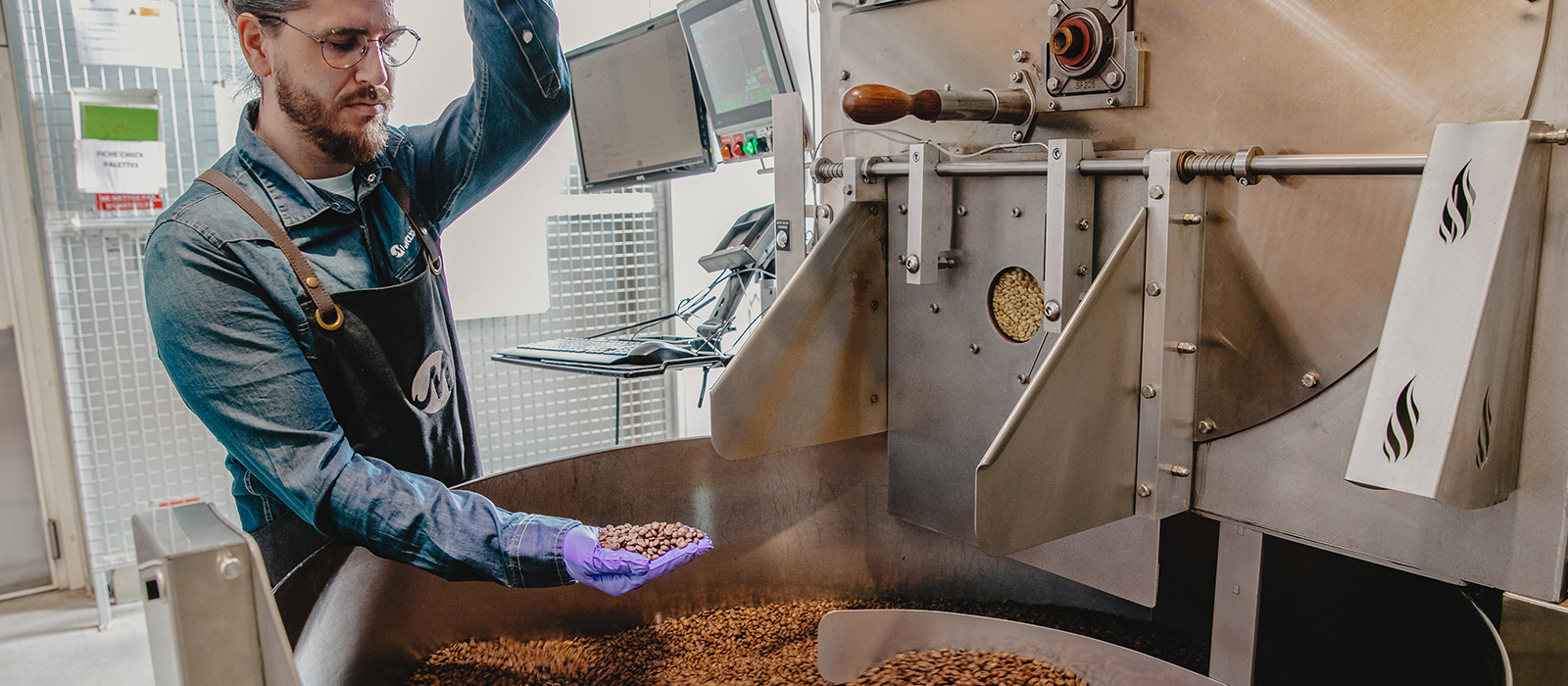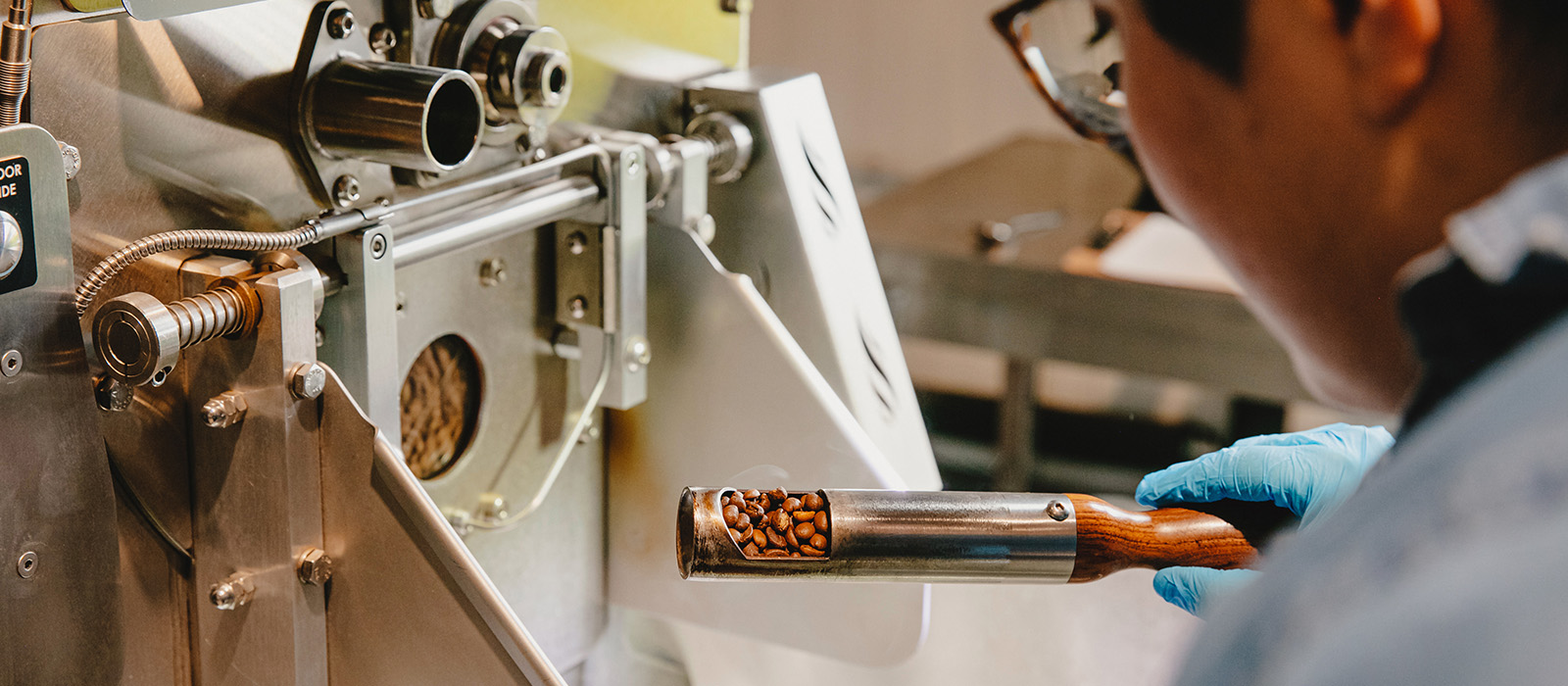
- Home
- How to Choose the Roast Colour of Your Coffee

How to Choose the Roast Colour of Your Coffee
Written by Julie
Reading time 3 minThe roast colour is an essential component of the taste of your drink. However, at MaxiCoffee, we understand that when you’re new to the world of coffee beans, it can be difficult to find your way around. To help you choose the right coffee for you, we are going to explain the differences between these roast levels.
The Impact of the Roast Colour
The darker the roast, the less acidic it becomes. Darker roasts offer more bitterness and more body. These roasts will develop empyreumatic aromas which appear under high temperatures. They give out notes of caramel, roasted dried fruits and toasted bread for example. The lighter the roast, the more acidic it will be. The notes are more floral and fruity. Here, the terroir and the conditions in which the coffee beans are cultivated comes out in the cup. Roasting is a bit of an art. Each roaster has his own style and his own touch. His role is to sublimate the product, by adjusting the perfect roasting time and the right parameters for each coffee.
Choosing the Right Roast Colour
How do you do it from scratch? The answer is: it all depends on your taste and on what you would like to experience. But each roast level has its own balance of flavours. Below we detail the dominant notes that emerge from the different roast colours.
Choosing the Roast Colour According to Your Brewing Method
As a general rule, very light to medium roasts are reserved for filter and slow coffee methods. Medium to very dark roasts are generally best suited for espresso and moka pots. That being said, there is nothing to prevent you from drinking a dark roast coffee from a Chemex or a brewing an espresso shot with a light roast coffee! There is no set rules and everyone is free to try what they want…to your own peril!
Very Light Roast
This roast produces coffees with a lot of acidity, little bitterness, and a fruity and floral palette.
Light Roast
This type of roast brings out more sweetness than a very light roast and will highlight fruity notes of the coffee. However, floral notes will be less intense and will often become lighter.
Medium Roast
A medium roast coffee gives a balanced cup. Sweetness and body are present but the acidity begins to drop and bitterness begins to be felt. In general, these roasts combine fruity notes with more gourmet notes (such as milk chocolate, jam, nuts etc.).
Dark Roast
This roast causes the cup to lose a lot of acidity and brings out more sweetness or roundness. It also gives the coffee a strong body with some bitterness. In addition, the aromas obtained during the roasting process (the empyreumatic aromas from earlier) begin to be felt strongly in the cup: toast, caramel, chocolate, etc.
Very Dark Roast
A very dark roasted coffee has aromas that are exclusively related to roasting. That is, a lot of bitterness and little acidity. The idea is to seek texture, body and intensity. This is why this degree of roasting is often applied to Italian blends (arabica/robusta).
The Most Important Thing is to Enjoy Coffee
Again, it is important to understand that the roasting process alone is not everything and that not all coffees are equal when it comes to roasting. The variety, aromatic dominance and terroir of the coffee will give a different result for the same roast. So how do you make your choice? It’s simple, you have to listen to your preferences, what you are looking for, the profiles that you like, and then orient yourself towards the ideal roasting colour for your taste buds. It’s up to you to try all the different roasts, with different extractions, in order to understand the differences and to ultimately identify what you like.
Discover all of our articles


